Intro
Stomach pain in children can be a source of worry and distress for parents. As a parent, it's natural to feel concerned when your child complains of stomach pain, and you may wonder what could be causing it. Stomach pain in children can be caused by a variety of factors, ranging from minor issues to more serious conditions. In this article, we'll explore 7 common causes of stomach pain in children, helping you to better understand what might be behind your child's discomfort.

1. Viral Gastroenteritis (Stomach Flu)
Viral gastroenteritis, commonly known as the stomach flu, is a common cause of stomach pain in children. This condition is highly contagious and can be spread through close contact with an infected person or by consuming contaminated food and water. Symptoms of viral gastroenteritis include stomach pain, diarrhea, vomiting, and fever. While the stomach flu can be uncomfortable for your child, it usually resolves on its own within a few days.
What You Can Do:
- Offer plenty of fluids to help your child stay hydrated
- Provide a bland diet, such as crackers or toast, to help settle their stomach
- Encourage rest to help their body recover
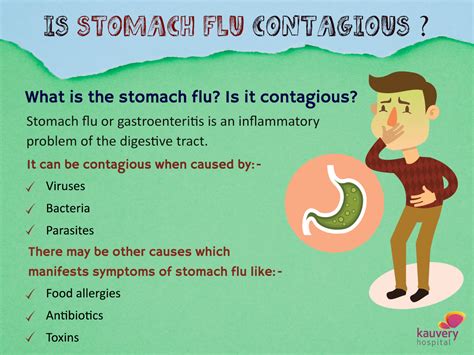
2. Constipation
Constipation is another common cause of stomach pain in children. When your child is constipated, they may experience hard or painful bowel movements, leading to stomach discomfort. Constipation can be caused by a variety of factors, including a low-fiber diet, dehydration, or physical inactivity.
What You Can Do:
- Encourage your child to eat a high-fiber diet, including fruits, vegetables, and whole grains
- Offer plenty of fluids to help soften stool
- Encourage physical activity to help stimulate bowel movements
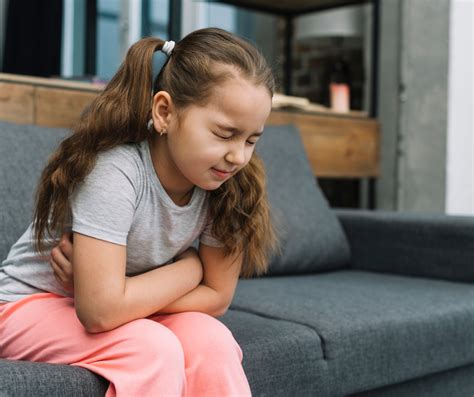
3. Food Poisoning
Food poisoning occurs when your child consumes contaminated food or water. This can cause a range of symptoms, including stomach pain, vomiting, and diarrhea. Food poisoning can be caused by a variety of factors, including bacteria, viruses, or parasites.
What You Can Do:
- Offer plenty of fluids to help your child stay hydrated
- Provide a bland diet, such as crackers or toast, to help settle their stomach
- Encourage rest to help their body recover
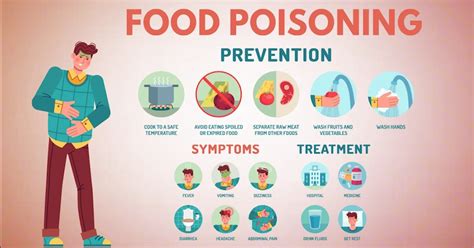
4. Lactose Intolerance
Lactose intolerance occurs when your child's body is unable to digest lactose, a sugar found in milk and other dairy products. This can cause a range of symptoms, including stomach pain, bloating, and gas.
What You Can Do:
- Offer lactose-free or low-lactose dairy products
- Encourage your child to eat a balanced diet that includes a variety of fruits, vegetables, and whole grains
- Consider speaking with a healthcare provider about lactose intolerance testing

5. Appendicitis
Appendicitis is a more serious condition that occurs when the appendix becomes inflamed. This can cause severe stomach pain, often accompanied by fever, nausea, and vomiting. If you suspect your child may have appendicitis, it's essential to seek medical attention immediately.
What You Can Do:
- Seek medical attention immediately if you suspect appendicitis
- Offer plenty of fluids to help your child stay hydrated
- Encourage rest to help their body recover
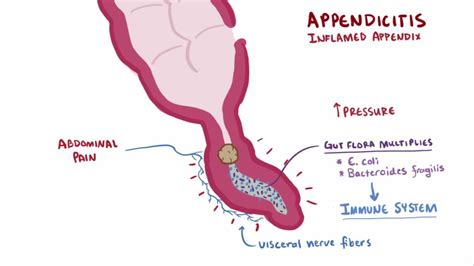
6. Inflammatory Bowel Disease (IBD)
Inflammatory bowel disease (IBD) is a chronic condition that causes inflammation in the digestive tract. This can lead to a range of symptoms, including stomach pain, diarrhea, and weight loss. If you suspect your child may have IBD, it's essential to speak with a healthcare provider.
What You Can Do:
- Speak with a healthcare provider about IBD testing and treatment options
- Encourage your child to eat a balanced diet that includes a variety of fruits, vegetables, and whole grains
- Offer plenty of fluids to help your child stay hydrated
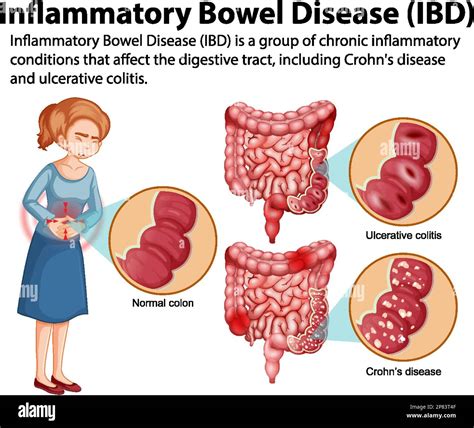
7. Stress and Anxiety
Stress and anxiety can also cause stomach pain in children. When your child is feeling stressed or anxious, they may experience physical symptoms, including stomach discomfort.
What You Can Do:
- Encourage your child to talk about their feelings and concerns
- Offer stress-reducing activities, such as meditation or deep breathing
- Encourage physical activity to help reduce stress and anxiety
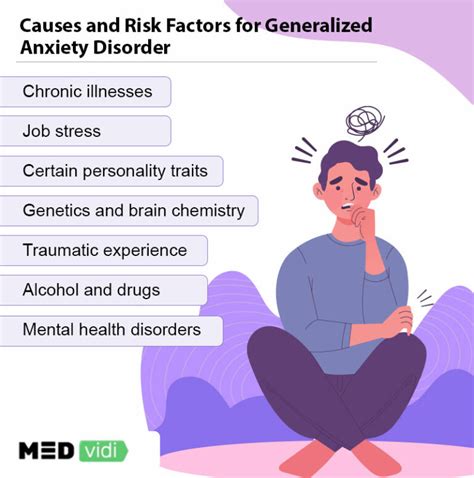
If your child is experiencing persistent or severe stomach pain, it's essential to speak with a healthcare provider to rule out any underlying conditions. By understanding the common causes of stomach pain in children, you can take steps to help your child feel more comfortable and reduce their symptoms.
What are some common symptoms of stomach pain in children?
+Common symptoms of stomach pain in children include stomach discomfort, nausea, vomiting, diarrhea, and fever.
How can I help my child manage stomach pain?
+You can help your child manage stomach pain by offering plenty of fluids, providing a bland diet, and encouraging rest. You can also speak with a healthcare provider about additional treatment options.
When should I seek medical attention for my child's stomach pain?
+You should seek medical attention immediately if your child's stomach pain is severe, persistent, or accompanied by other concerning symptoms, such as fever, vomiting, or blood in the stool.
We hope this article has helped you understand the common causes of stomach pain in children. If you have any further questions or concerns, please don't hesitate to reach out. Remember to share this article with friends and family who may be experiencing similar issues. By working together, we can help our children feel more comfortable and reduce their symptoms.
